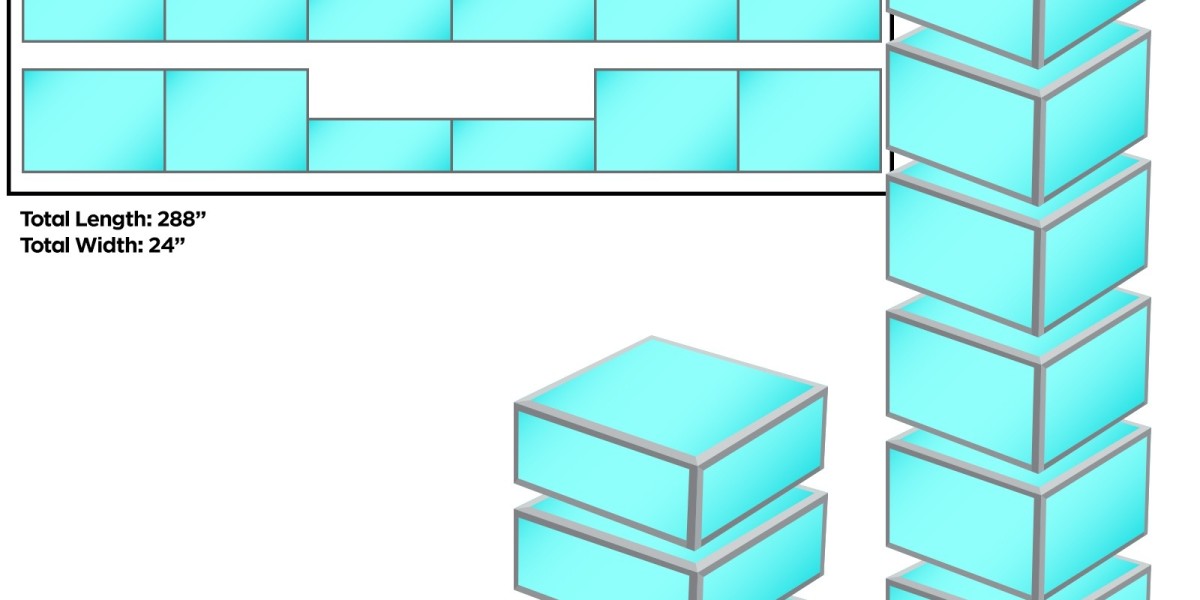Building Digital Platforms: Strategies, Challenges, and Best Practices
In today's hyper-connected world, digital platforms are the engines powering everything from e-commerce to social networks to cloud services. Whether you're launching a new marketplace, a community hub, or a SaaS product, understanding how to design, build, and scale a digital platform is essential to thriving in the modern economy.
What Is a Digital Platform?
A digital platform is a technology-based system that facilitates interactions between users, businesses, or devices. Unlike standalone software, platforms are ecosystems — they connect multiple user groups (such as buyers and sellers or creators and consumers) and enable value exchange between them.
Famous examples include:
Amazon (e-commerce marketplace),
Airbnb (peer-to-peer hospitality),
Uber (ride-hailing),
Salesforce (cloud-based CRM), and
YouTube (video sharing).
The Core Components of a Digital Platform
When building digital platform , there are several foundational components to consider:
User Experience (UX) & Interface (UI)
Intuitive design is essential. The platform must be easy to navigate for all user groups.
Personalization, responsiveness, and accessibility are key differentiators.
Infrastructure
Scalable cloud infrastructure (AWS, Azure, Google Cloud) to handle growth.
APIs and microservices architecture for flexibility and integration.
Data & Analytics
Real-time tracking of user activity.
Business intelligence dashboards for decision-making.
AI and ML for personalization and automation.
Security & Compliance
End-to-end encryption, secure authentication (e.g., OAuth2).
Compliance with regulations like GDPR, HIPAA, or PCI-DSS.
Monetization Models
Subscriptions, commissions, freemium tiers, ads, or a combination.
Clear pricing strategies and value propositions.
Ecosystem & Network Effects
Encourage user-generated content, third-party integrations, and community building.
The more users participate, the more valuable the platform becomes.
Steps to Build a Successful Digital Platform
1. Identify the Core Problem
Before writing a single line of code, deeply understand the pain point you're solving. Who are your target users? Why will they return to your platform repeatedly?
2. Choose the Right Platform Model
Will it be a marketplace, SaaS product, content platform, or something else? Choose based on your audience, value exchange, and monetization potential.
3. Build an MVP (Minimum Viable Platform)
Launch lean:
Prioritize must-have features.
Focus on one or two core user groups.
Use low-code tools or prebuilt frameworks to move faster.
4. Test and Iterate
Collect feedback continuously.
Monitor KPIs like user engagement, churn, and retention.
Be ready to pivot based on what the data tells you.
5. Scale Smartly
Automate onboarding, support, and content moderation where possible.
Use cloud-native tools to manage scaling infrastructure.
Build partnerships and open up your APIs to grow your ecosystem.
Common Challenges
Chicken-and-egg problem: Platforms need users to attract users. Use incentives, exclusive content, or partnerships to seed early adopters.
Trust and safety: User-generated content or peer-to-peer interactions need strong moderation systems and transparent policies.
Technical debt: Speed to market is important, but skipping architecture planning can cause massive rework later.
Best Practices for Long-Term Success
Invest in developer experience: If third parties build on your platform, offer excellent documentation, SDKs, and support.
Foster a community: Encourage content, collaboration, and knowledge-sharing.
Stay modular: Avoid monoliths. Break down services so features can evolve independently.
Be data-driven: Every product decision should be supported by data and user insights.
Final Thoughts
Building a digital platform is more than a technical challenge — it's a strategic one. It requires clear vision, relentless focus on user needs, and the agility to adapt. But for those who get it right, the rewards are immense: network effects, brand loyalty, and a sustainable competitive edge.
Whether you're starting small or thinking big, the best time to start building your digital platform is now.






